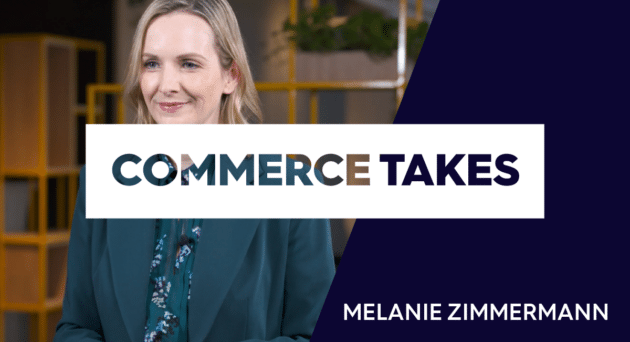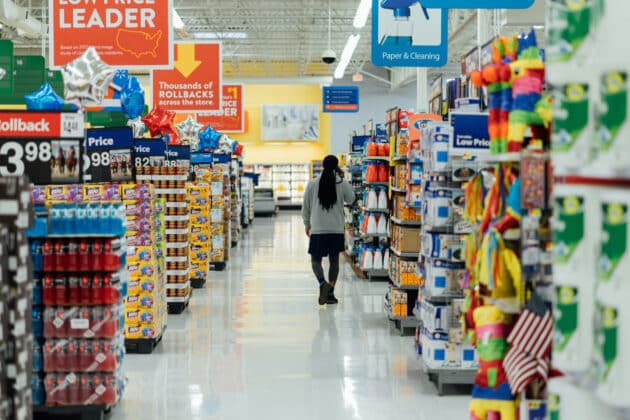PLAs — aka Product Listing Ads or Google Shopping Campaigns, terms which are often used interchangeably — are cost per click (CPC) ads that online merchants purchase through Google AdWords. These ads appear on Google Search pages next to (i.e. above or alongside) the organic results. As opposed to being optimized for keywords, PLAs are geared toward products and product categories. PLAs have several distinguishing features, including a product image, price, and merchant name.
While PLAs can be a major opportunity for retailers, they present today’s busy retail marketers with some major challenges. The biggest hurdle? Time management. If you’re managing PLAs manually, they’re probably taking up more of your time than you’d like (and chances are you’re not even optimizing your products to their full potential). But it doesn’t have to be that way. Here are three reasons why you’re wasting time on PLAs.
1. Challenges with scale
If you have thousands, hundreds, or even dozens of products, not only can the upfront work be daunting, but optimizing your PLA listings in real time can be nearly impossible. Successful programs require ongoing monitoring to figure out which products are underperforming, informed hypotheses on why that might be, and the courage to remove poorly performing products altogether. The ongoing process is arduous at best, a crapshoot at worst, and a time suck any way you look at it.
2. Operational nuances
Marketers spend about one-third more time on PLAs than on text ads today, or 57% of their time on PLAs versus 43% on text ads.* Why? Marketers have to monitor how well their product feeds translate to PLAs to drive results. Abbreviations (like “blk” instead of black) and making sure to align product titles to user search terms are the kinds of details that can make or break successful PLA programs. Due to operational nuances like these, 73% of the marketers we surveyed were actively monitoring their PLA campaigns daily.
3. Expansion to mobile
Optimizing PLAs for desktop is one thing, but the rules become even more complex once you start transitioning from desktop to mobile. Before embarking on mobile PLA campaigns, marketers have to spend time ensuring their site is truly mobile optimized while understanding their customers’ mobile shopping and conversion behaviors. Multiple elements, including first-party customer data and wider industry stats, are important factors to consider yet time-consuming to incorporate manually.
*Based on 186 retailers focused on ecommerce from a commissioned study conducted by Forrester Consulting on behalf of Criteo, November 2016.





















